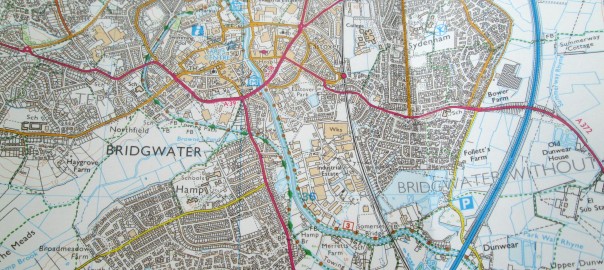M
Maps are extremely useful aids for getting lost and pensioners should keep a generous and varied assortment in the home and car.
Ordnance Survey maps contain a wealth of essential information, such as the location of public houses, viewpoints and little dotted lines. They also contain a mass of unnecessary information, such as the location of museums, shipwrecks, motorway services and cairns.
Road maps are carefully designed to be out of date as soon as you buy them and the surest way to navigate is to ignore any roads built after 1954 and stick to driving along B roads, bridleways and contour lines. On most occasions, your destination will be hidden by the central gutter of the map, but it is not safe to assume such towns and villages have been razed to the ground for a new airport runway or now lie submerged beneath the waters of a new reservoir.
Local maps are essential if you deliver Yellow Pages or use taxis on a regular basis, though very few include any information on short-cuts through schools, people’s gardens or the sewers. Local maps routinely include more cul-de-sacs than in reality.
Tourist maps omit most roads in favour of monkey sanctuaries and should not be relied on.

